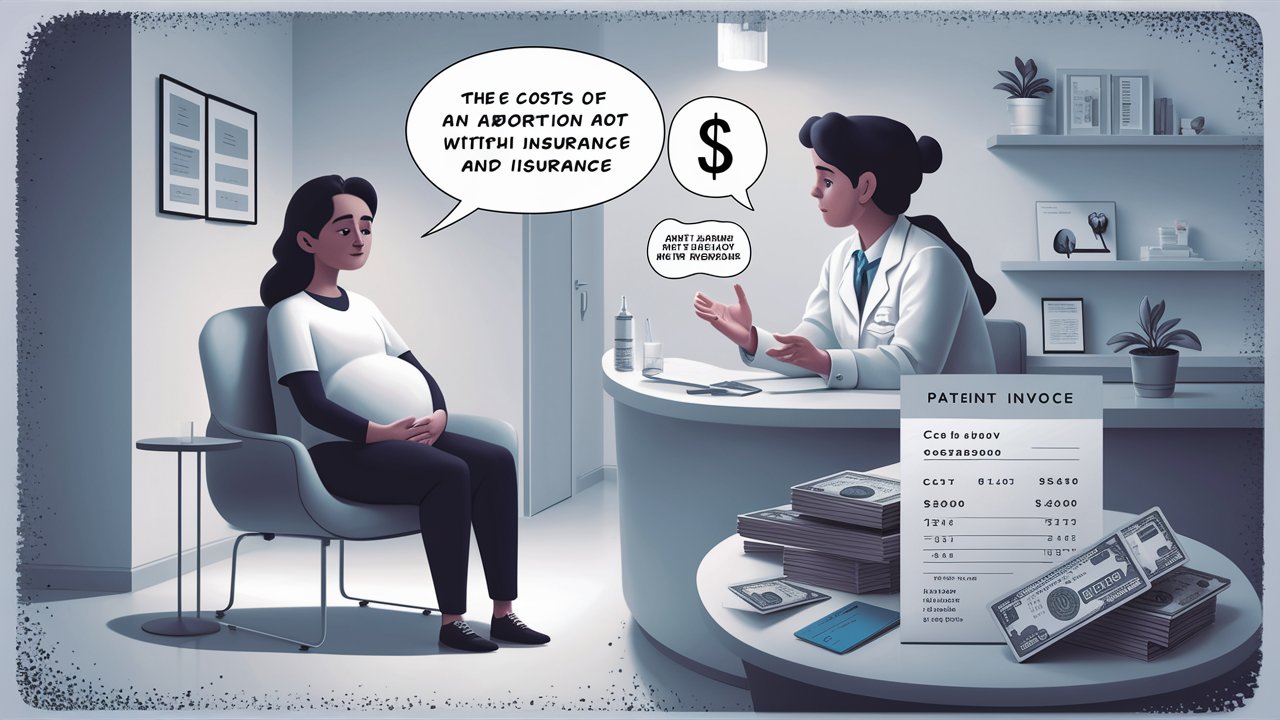Abortion is a deeply personal decision, and for those navigating this path without insurance, understanding the costs involved is crucial. The financial aspect of an abortion can vary significantly depending on several factors, including location, type of procedure, and how far along the pregnancy is. Below, we break down everything you need to know about the costs of an abortion without insurance to help you make an informed decision.
Factors That Influence the Cost of an Abortion

1. Type of Procedure
The cost of an abortion largely depends on the type of procedure:
- Medication Abortion (The Abortion Pill): Typically used up to 10 weeks of pregnancy, this method involves taking two medications (mifepristone and misoprostol). Without insurance, the cost ranges from $500 to $750, depending on the provider.
- In-Clinic Abortion: This surgical procedure is more expensive and varies depending on how far along you are in your pregnancy:
- First-Trimester Abortion: Costs range from $600 to $1,000.
- Second-Trimester Abortion: Prices can go up to $3,000 or more.
- Late-Term Abortion: For pregnancies further along, costs may exceed $10,000, as these procedures require specialized care.
2. Location and Clinic
Abortion costs can vary significantly based on where you live. Urban areas and states with more clinics often have lower costs due to competition, while rural areas may have higher prices because of limited availability.
- States with Lower Costs: States with better access to clinics, such as California or New York, often have more affordable options.
- States with Higher Costs: States with stricter abortion laws or fewer clinics, like Texas or Mississippi, may charge more due to travel and legal barriers.
3. Additional Expenses
Beyond the procedure itself, other expenses might include:
- Consultation Fees: Some clinics charge additional fees for initial consultations, which can range from $50 to $200.
- Ultrasounds and Tests: Required before most procedures, these tests may add another $100 to $500 to your total cost.
- Medication Costs: Post-procedure medications, like pain relievers or antibiotics, may cost around $20 to $100.
- Travel and Lodging: If you live in a state with limited access, traveling to a clinic may incur significant expenses for transportation and accommodation.
How to Reduce Abortion Costs Without Insurance

1. Planned Parenthood and Nonprofits
Organizations like Planned Parenthood offer sliding-scale fees based on income, making abortion services more affordable. Additionally, many nonprofits and local organizations provide financial assistance for those who qualify.
2. Abortion Funds
Abortion funds are organizations that help cover the cost of abortions, travel, and lodging. Some popular ones include:
- National Network of Abortion Funds (NNAF)
- Women’s Reproductive Rights Assistance Project (WRRAP)
These groups work to ensure that cost is not a barrier for individuals seeking an abortion.
3. Payment Plans
Many clinics offer payment plans, allowing you to pay in installments rather than covering the entire cost upfront. Be sure to ask your provider about this option.
4. Community Resources
In some areas, community health centers and clinics provide lower-cost abortions. These centers often receive funding to assist uninsured patients.
Legal Considerations and Restrictions
It’s important to note that abortion laws vary by state. Some states have mandatory waiting periods, counseling requirements, or parental consent laws for minors. These legal restrictions can add time and additional costs, especially if you need to travel out of state.
States with Legal Challenges
In states with restrictive laws, the overall cost of getting an abortion can increase due to the need for:
- Out-of-State Travel: Booking flights, buses, or accommodations.
- Extended Time Off Work: Waiting periods may require multiple days off work, adding to the financial burden.
Conclusion
For those without insurance, the cost of an abortion can range widely, from $500 to over $10,000, depending on the circumstances. However, resources like Planned Parenthood, abortion funds, and sliding-scale fees can help make the procedure more accessible. Taking the time to research your options and plan ahead is essential to reducing the financial and emotional stress involved.
While the price tag might seem overwhelming, remember that help is available. Reach out to local organizations, clinics, or national networks to explore your options. Making an informed choice is your right, and there are resources ready to support you every step of the way.
